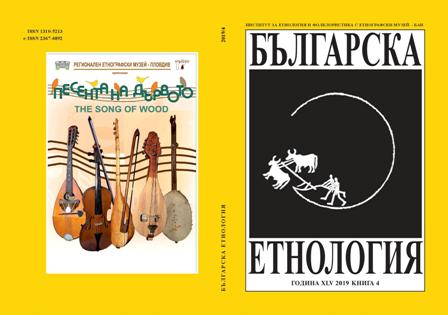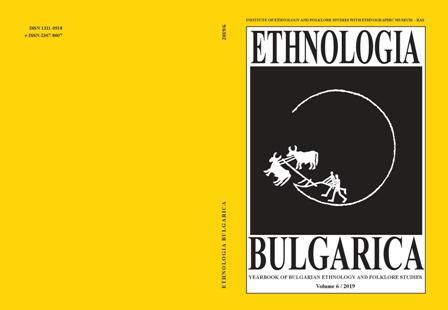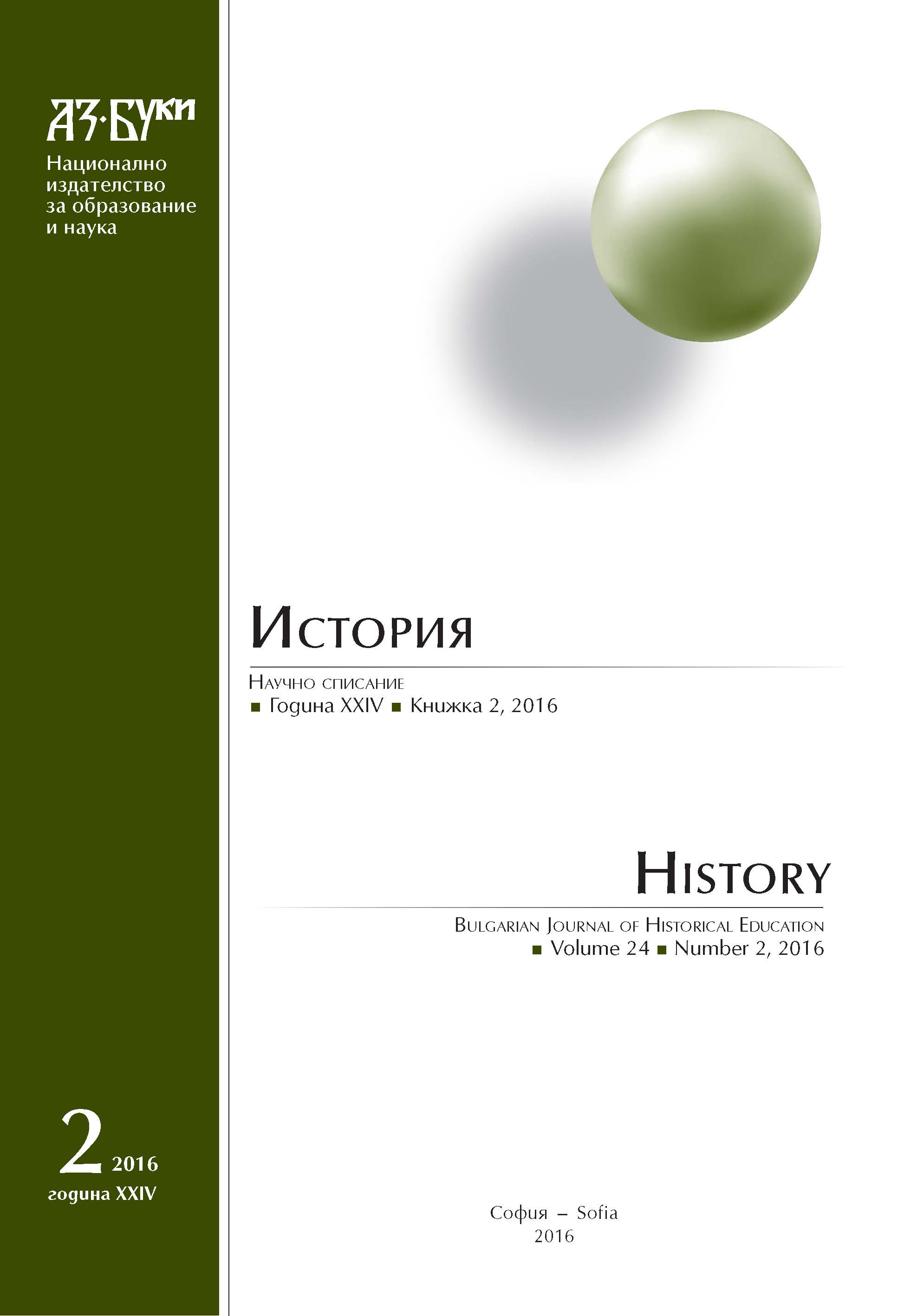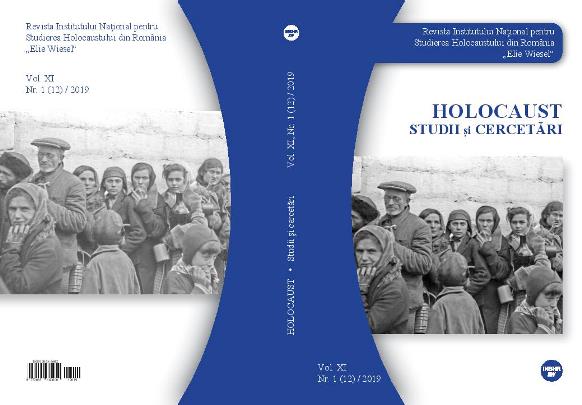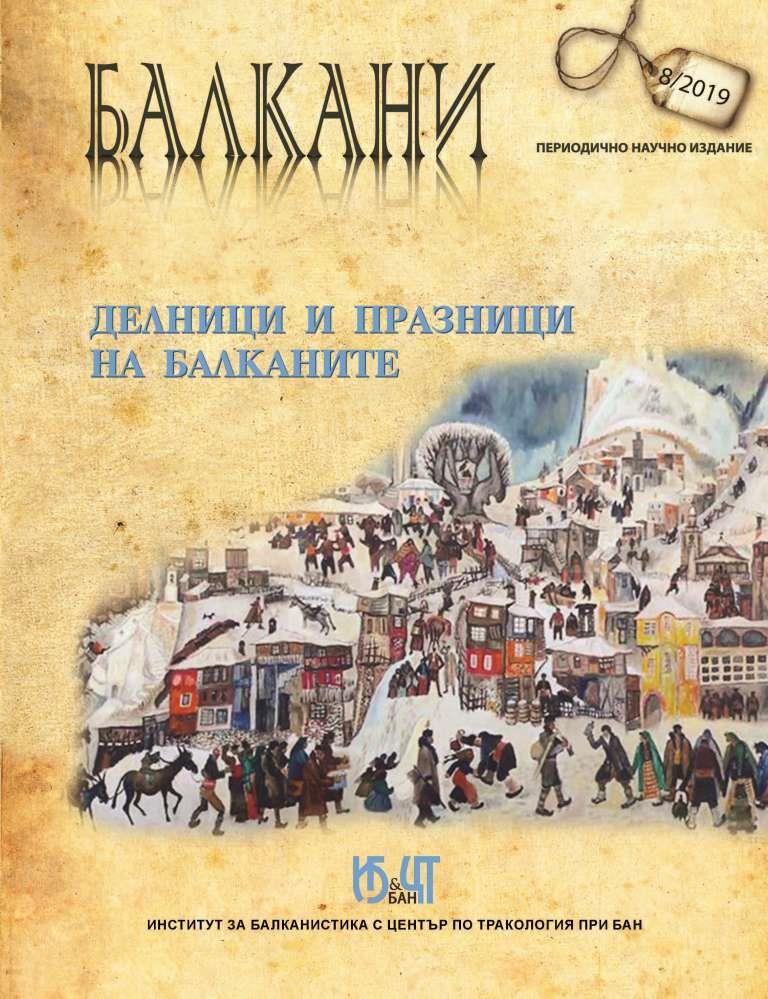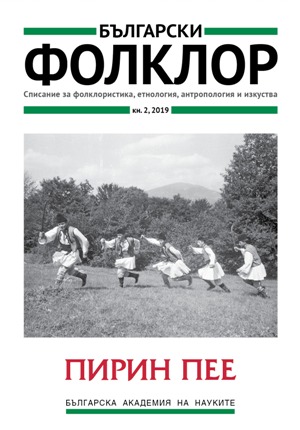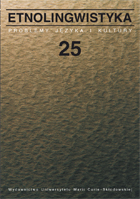
Projekt badawczy (ETNO)EUROJOS a program etnolingwistyki kognitywnej
An observation is made that the linguistic worldview is grounded in values, which play a decisive role in the shaping of a given community’s (collective) identity. Therefore, it is postulated that the folk Slavic axiological system (the world of values cherished in folk Slavic traditions) be investigated. The project called (ETHNO)EUROJOS – parallel to EUROJOS, an international research programme headed by Jerzy Bartmiński and based on standard language varieties and “national” traditions – would thus be concerned with the values common to Slavic folk cultures. It has been shown that Slavic nations are much closer to one another at the level of folk cultures than at the level of national, elite-shaped cultures. A survey among distinguished researchers in various Slavic traditions reveals that the values important for Slavs are: health and life, family and kinship, home, land, work and diligence, love, beauty, happiness, wisdom, frankness, integrity, faithfulness, justice, freedom, honour, faith (religion) and God. A description of these values could follow the methodological assumptions of the Lublin Dictionary of Folk Stereotypes and Symbols.
More...
